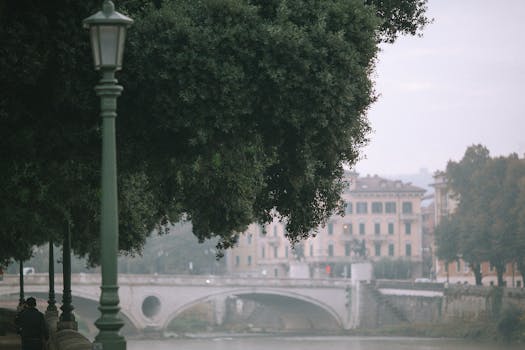
Urban Green Spaces: The Future of Outdoor Living in European Cities by 2025
Urban Green Spaces are becoming increasingly important in European cities, and for good reason. As the world becomes more urbanized, it’s essential to create spaces where people can connect with nature and enjoy the outdoors. In this article, we’ll explore the future of outdoor living in European cities and how urban green spaces will play a crucial role in shaping it.
What are Urban Green Spaces?
Urban green spaces refer to areas in cities that are dedicated to nature and the outdoors. These spaces can include parks, gardens, green roofs, and even urban forests. They provide a range of benefits, from improving air quality and reducing noise pollution to promoting physical activity and mental well-being.
The Importance of Urban Green Spaces in European Cities
European cities are leading the way when it comes to incorporating urban green spaces into their design. Cities like Copenhagen, Stockholm, and Amsterdam have made significant investments in creating green spaces, and the results are impressive. Not only do these spaces improve the quality of life for residents, but they also attract tourists and boost local economies.
The Future of Outdoor Living in European Cities
By 2025, urban green spaces will play an even more critical role in shaping the future of outdoor living in European cities. As cities continue to grow and urbanize, it’s essential to create spaces that promote sustainability, nature, and community. We can expect to see more innovative designs, such as green roofs, vertical gardens, and urban farms, which will not only provide environmental benefits but also create new opportunities for recreation and socialization.
Challenges and Opportunities
While urban green spaces offer many benefits, there are also challenges to consider. One of the main obstacles is finding space in already densely populated cities. However, this can also be an opportunity to think creatively and develop new technologies and designs that make the most of available space. Another challenge is ensuring that these spaces are accessible and inclusive for all members of the community.
Conclusion
In conclusion, urban green spaces are the future of outdoor living in European cities. By 2025, we can expect to see even more innovative and sustainable designs that promote nature, community, and well-being. As cities continue to grow and urbanize, it’s essential to prioritize the creation of these spaces and ensure that they are accessible to all. By doing so, we can create a better future for ourselves and for generations to come.



